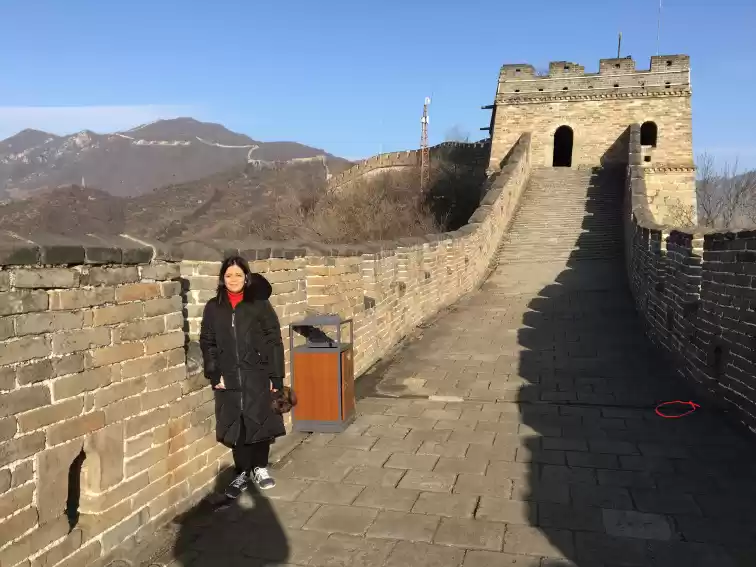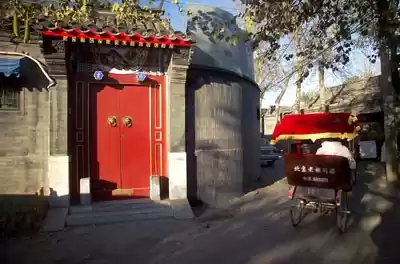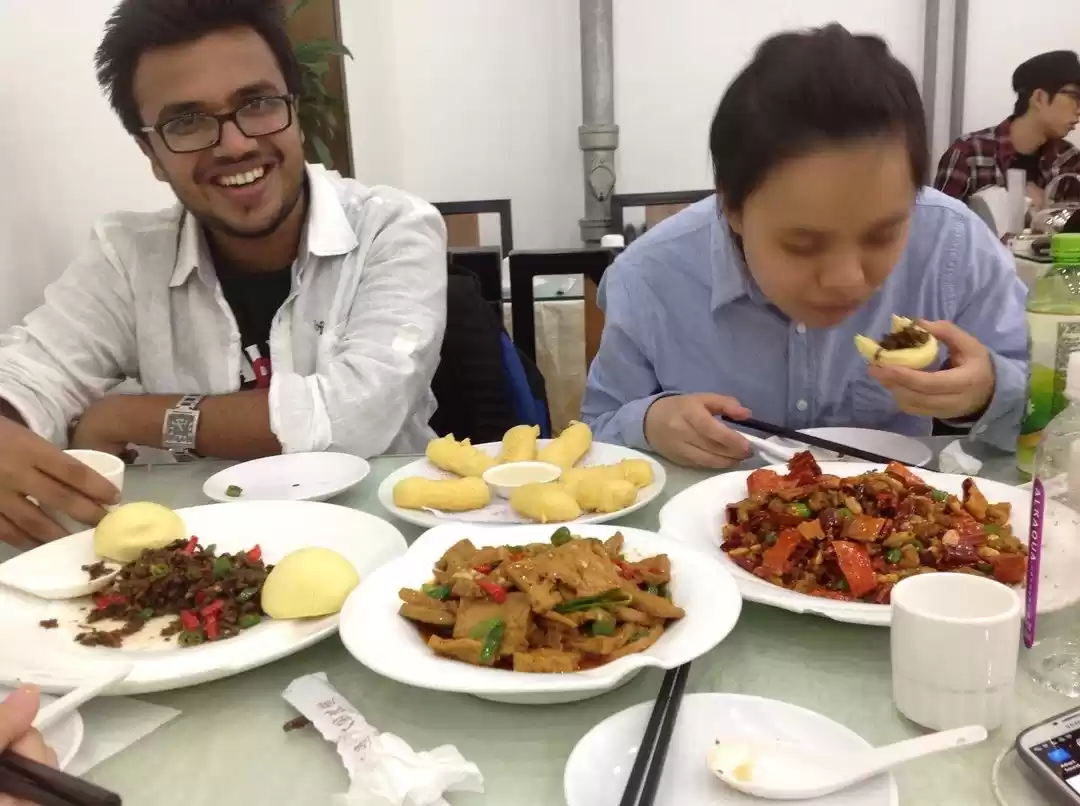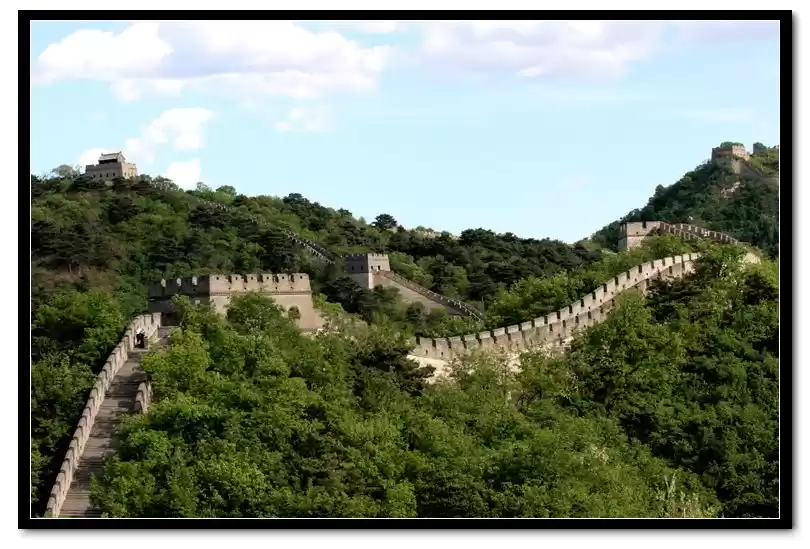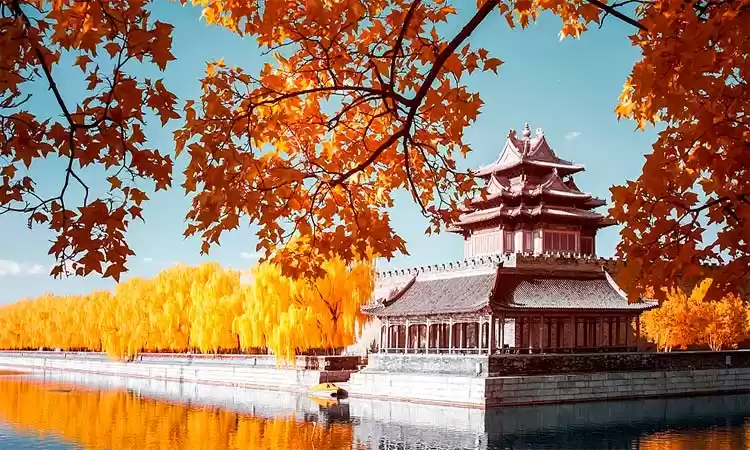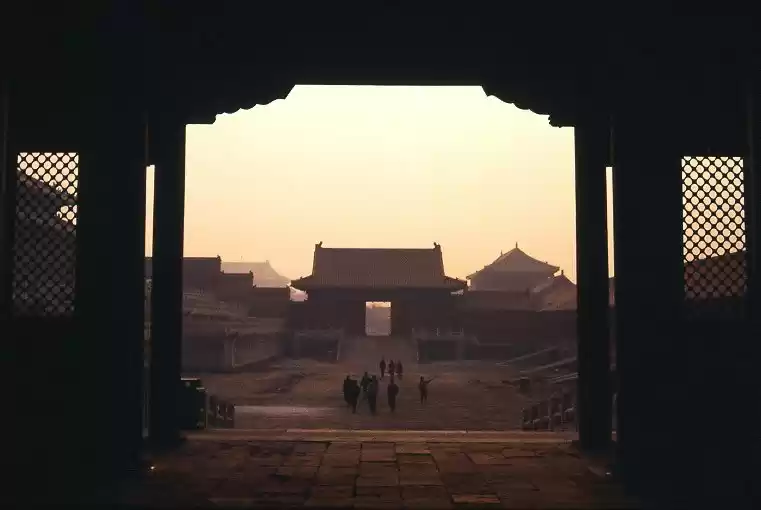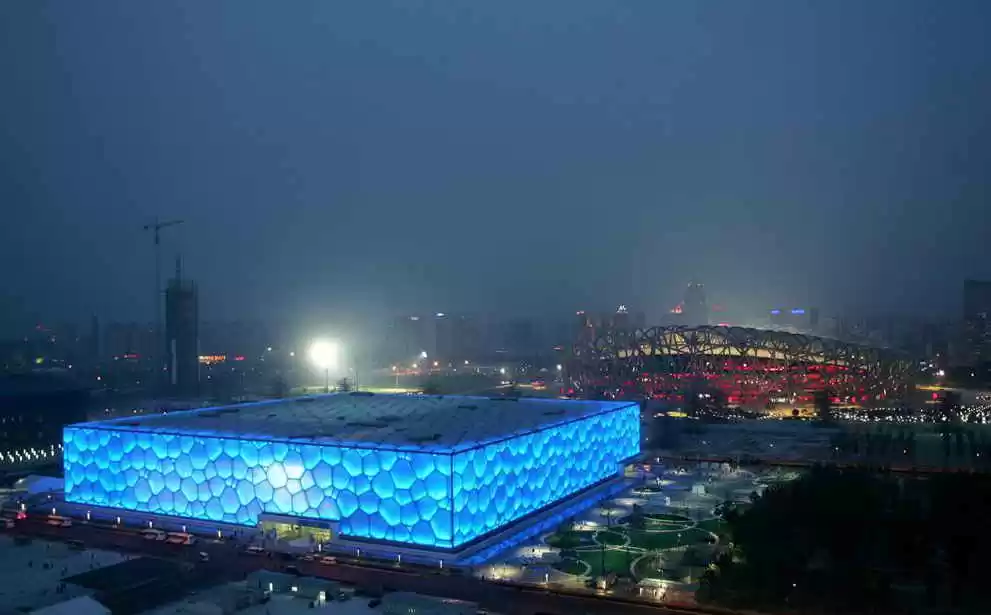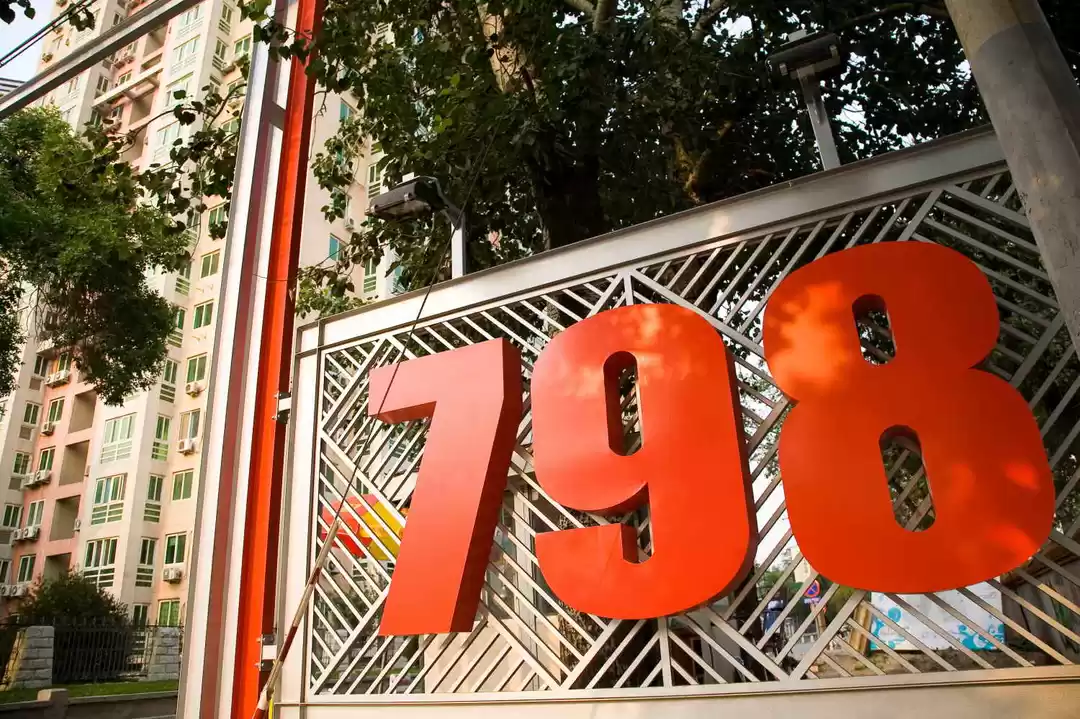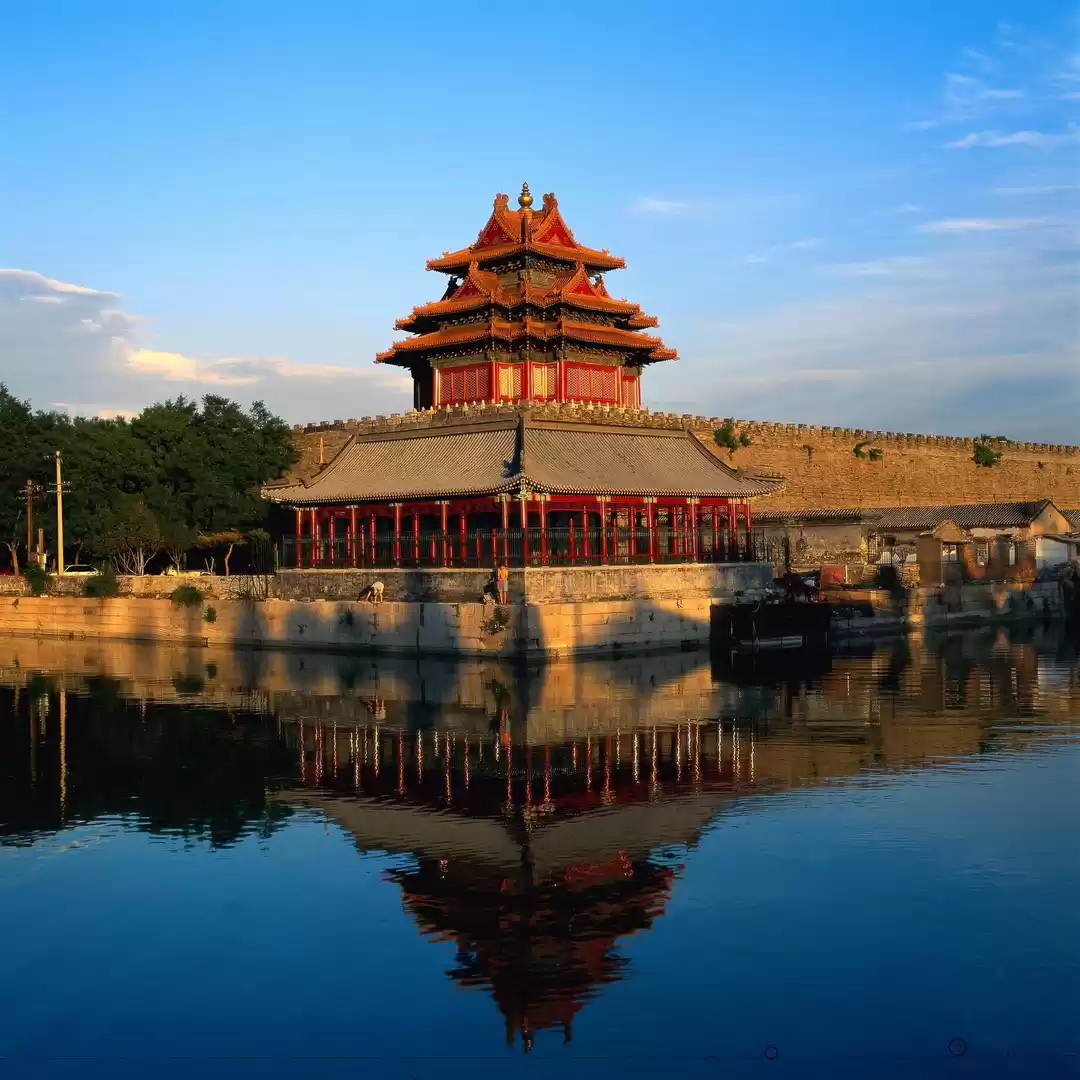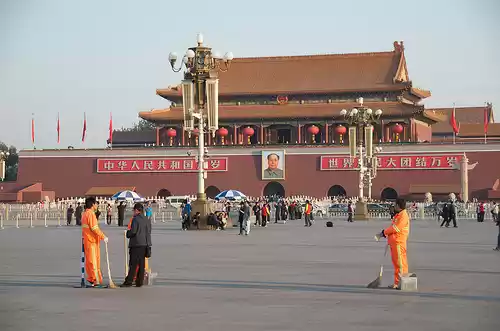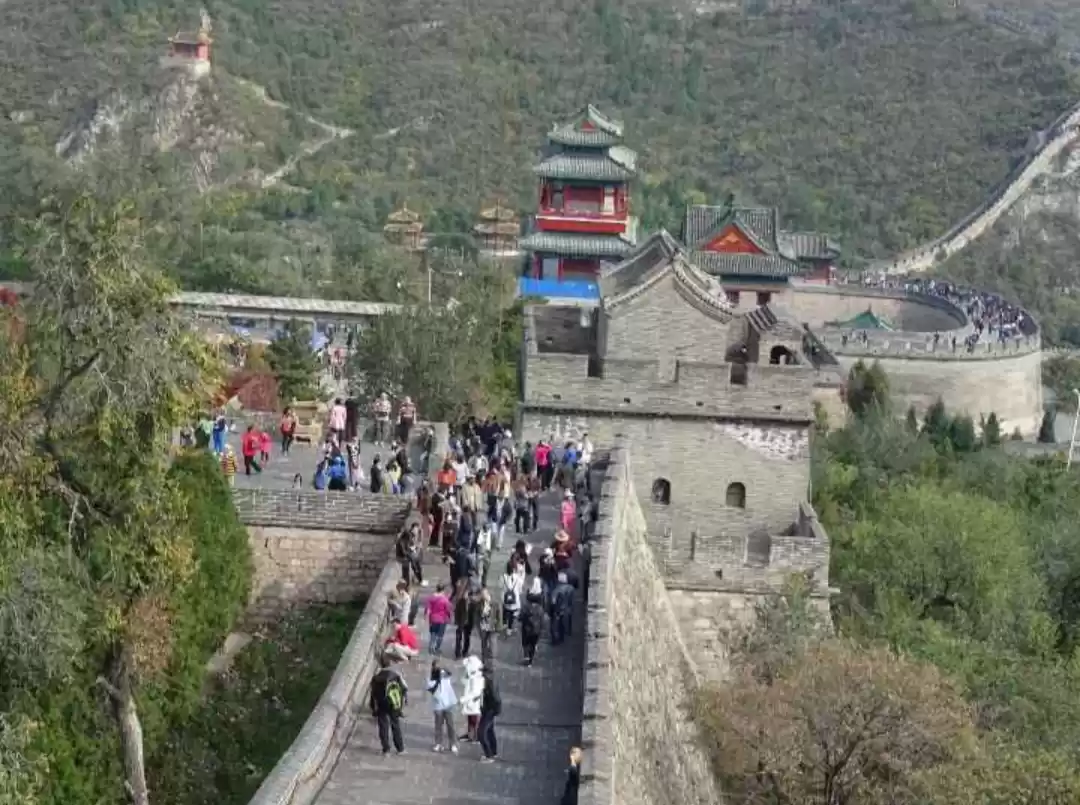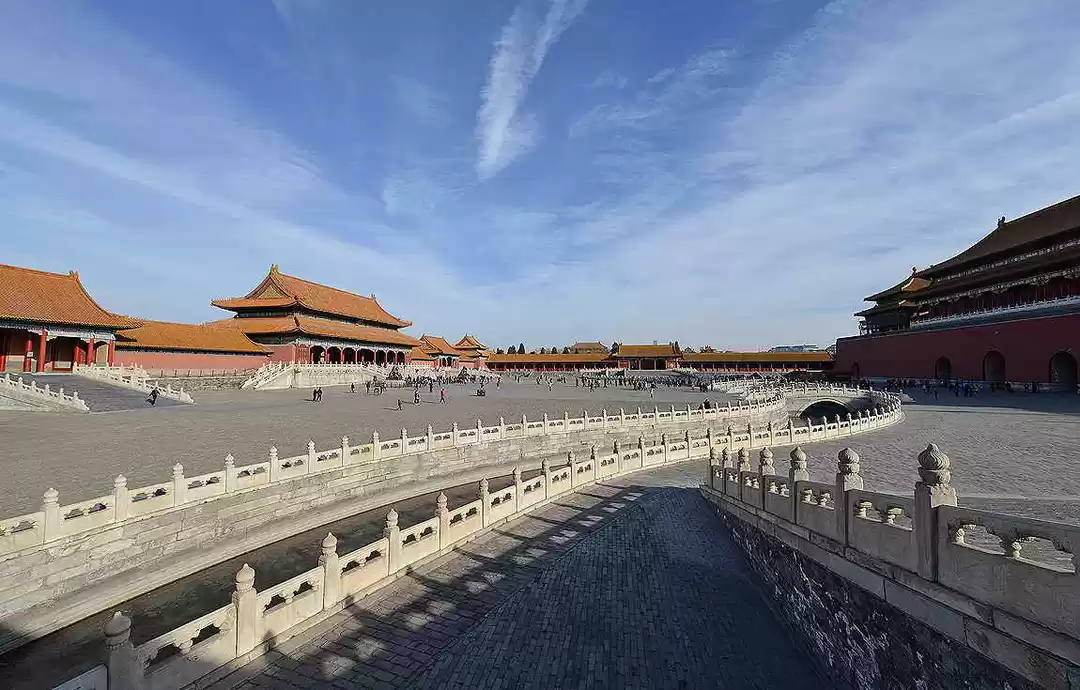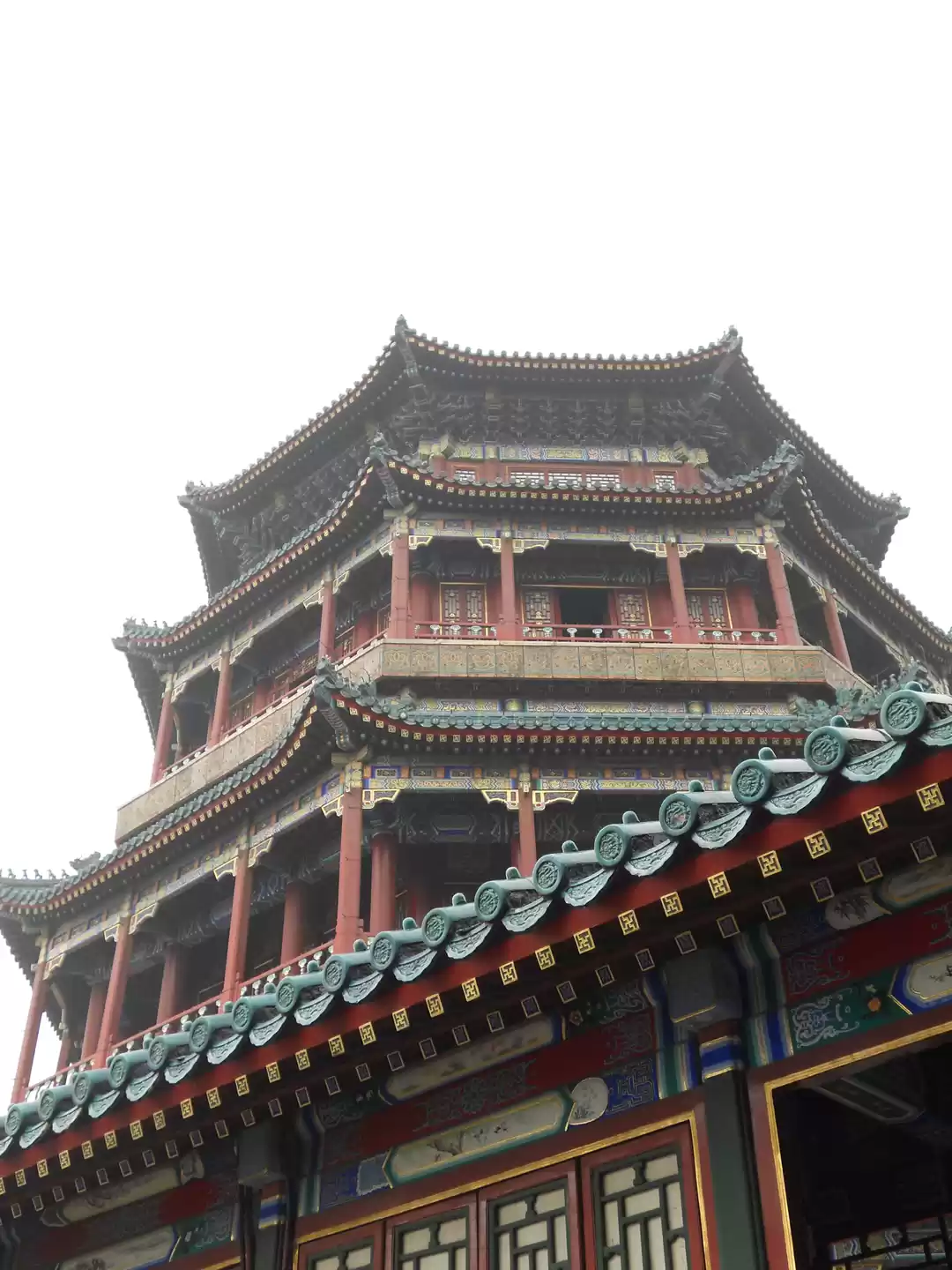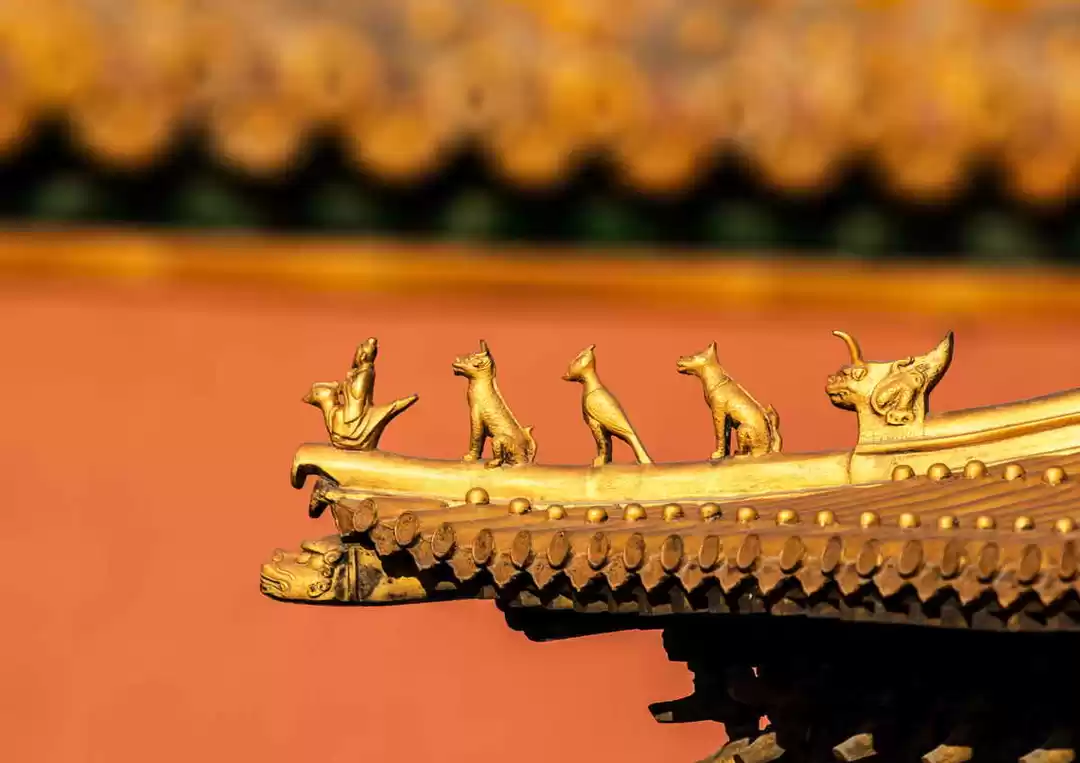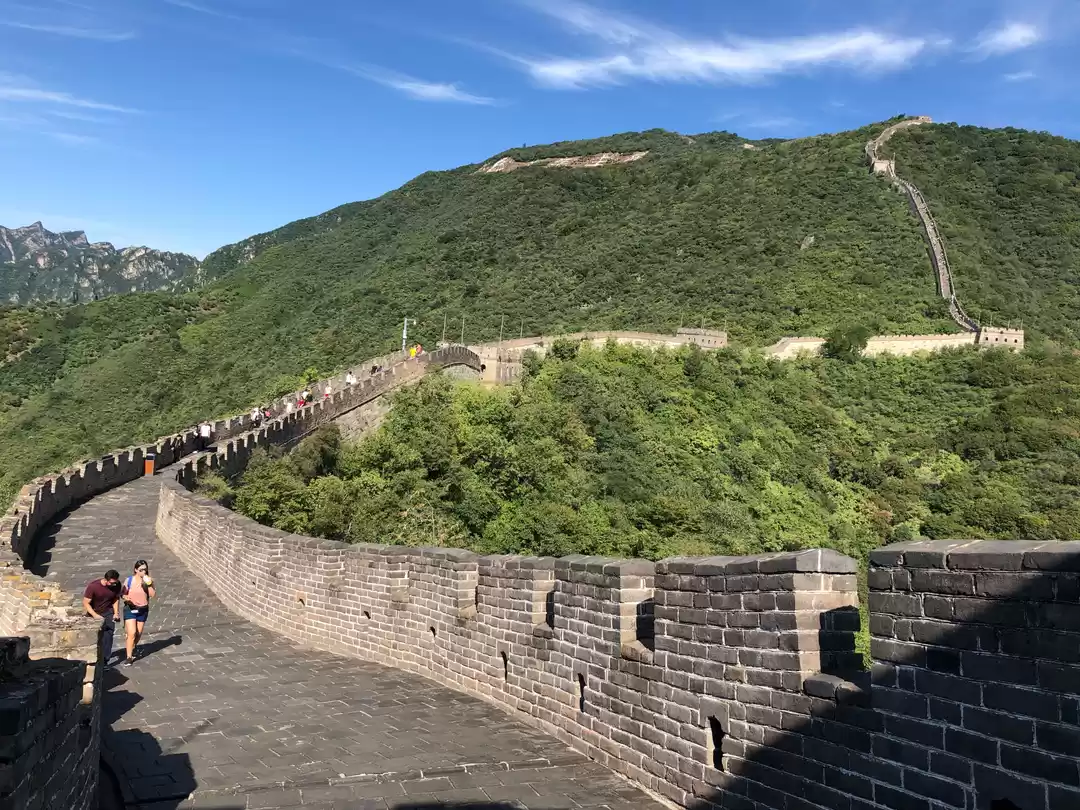




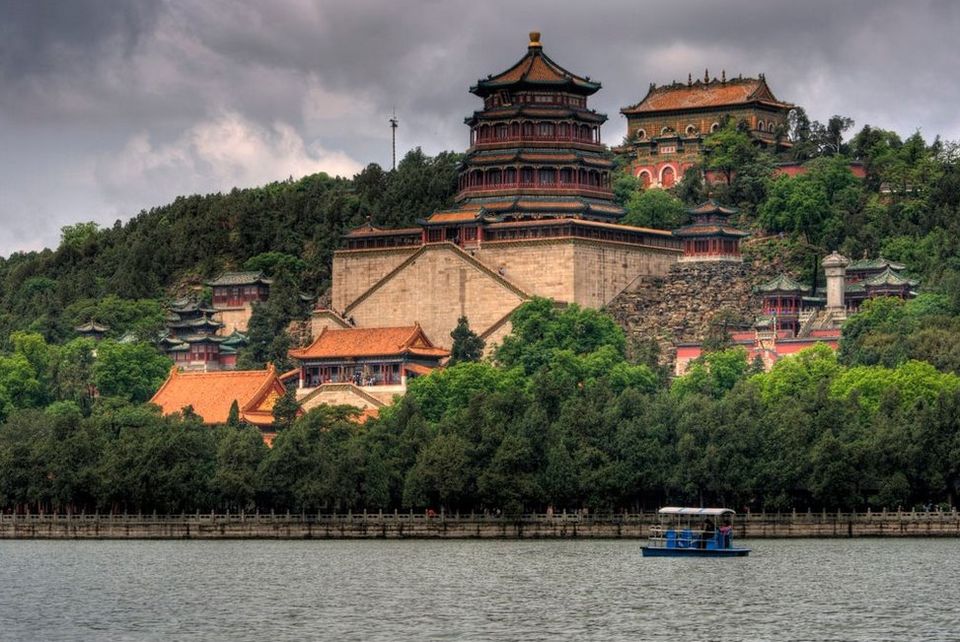


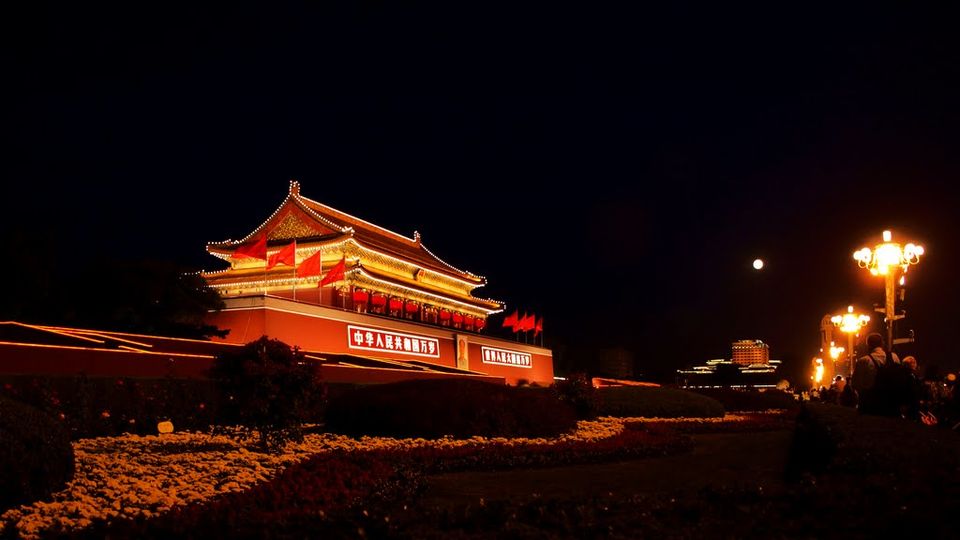
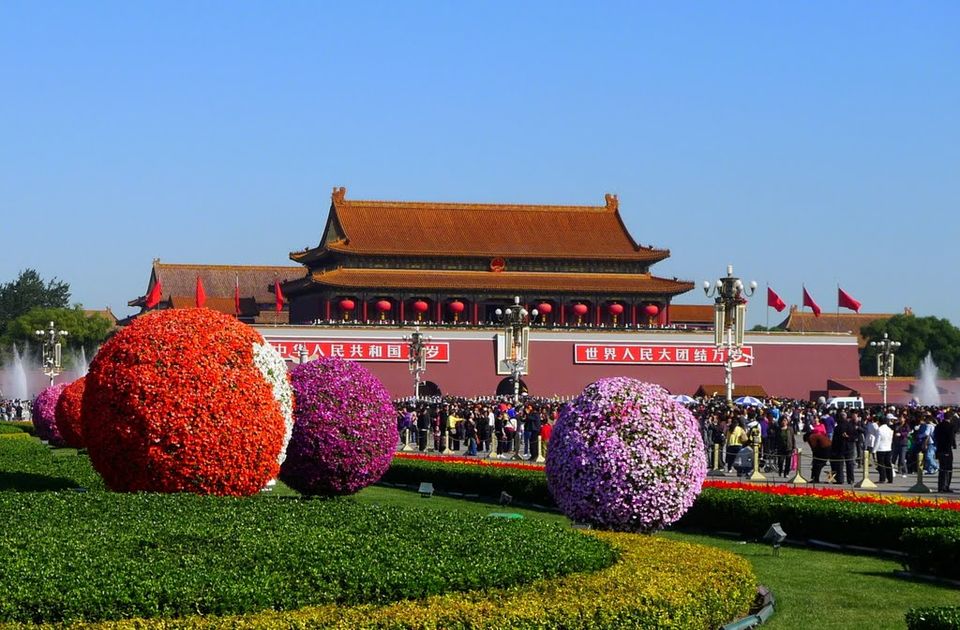
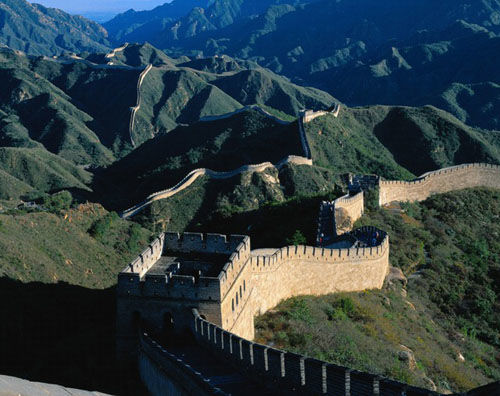
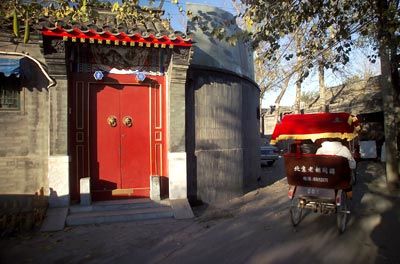


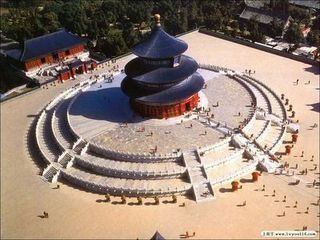

This two-day itinerary will cover all the major and significant spots scattered around China's capital city. An eclectic mixture of history, culture, religion, and art, Beijing has been one of the most important points of confluence of all cultures of the Orient and beyond. It'll be our pleasure to guide you through the most important destinations in the city.
Itinerary
Day 1:
- The Ming Dynasty Tombs
- The Great Wall, Badaling
- Olympics Sports Center
Day 2:
- Tian'anmen Square
- The Forbidden City
- Hutong
- The Great Wall, Mutianyu
- The Summer Palace
Be picked up from your hotel by an English-speaking tour guide and private vehicle at 08:30 am. Drive 1.5 hours to Ming Tombs. The Ming Tombs are the final resting place of 13 Ming Dynasty emperors, along with 23 empresses and a number of concubines. It has a history of over 600 years. Surrounded by mountains on three sides, the Ming Tombs feature splendid landscape. Chang Ling (the Tomb of Chang) was built by the third emperor of the Ming Dynasty in 1409 AD. Chang Ling is the largest tomb in architectural scale. The hall of Chang Ling is the largest structure of nanmu wood in China.







After lunch, we will drive to the famous Badaling Great Wall. Badaling was built in 1505 during the Ming Dynasty. This section of the Great Wall is the best preserved and most visited one. It is 7600 meters long and 1000 meters above sea level, commanding a strategic position in ancient times.
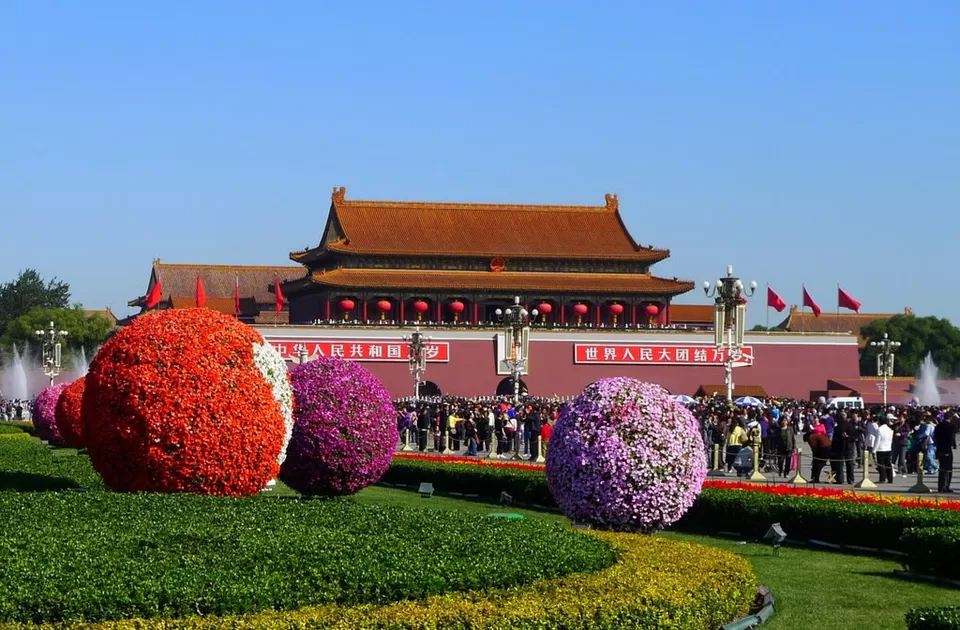
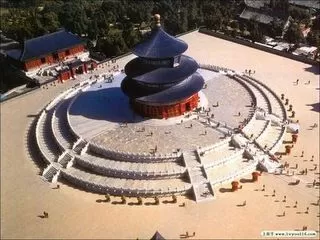
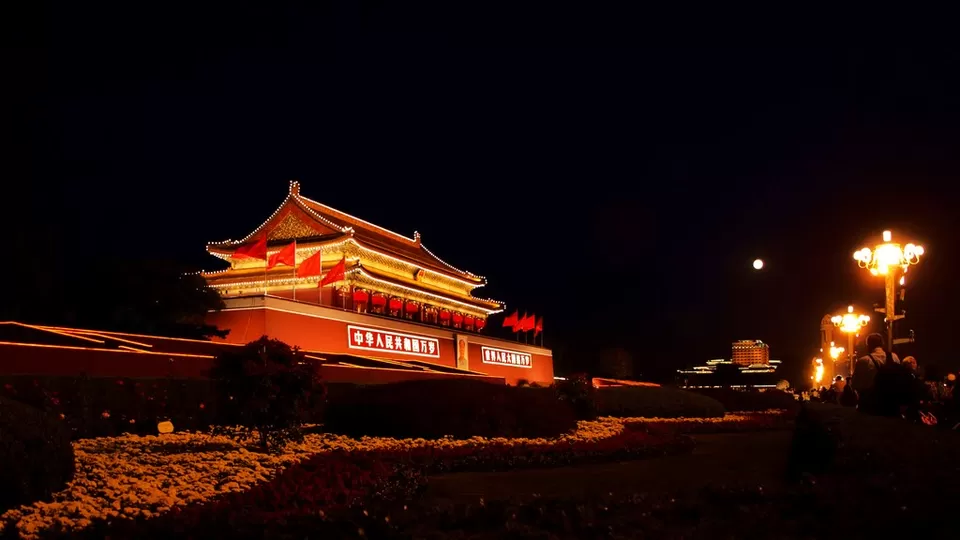
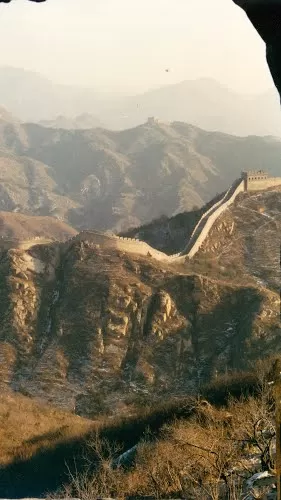
After getting back to Beijing from Badaling, we drive to visit the Olympic Park. As the major venue of the 2008 Olympic Games, the Olympic Park contains three areas including the Forest Park in the north, a major venue and supporting facilities area in the center and the completed stadiums and the reserved area. The completed stadiums are the National Stadium (Bird's Nest), National Swimming Center (Water Cube) and the National Indoor Stadium (Folding Fans). We will have an outside view of the Olympic Park. Transfer back to your hotel after the day tour.


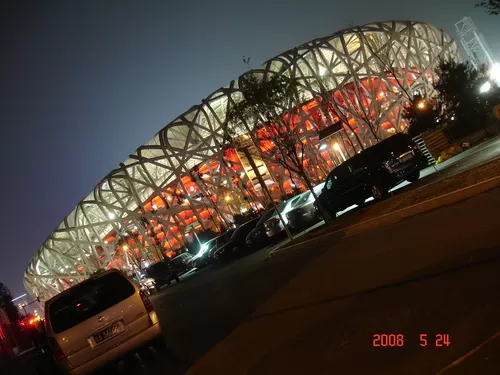
The Tian'AnMen Square is known as the spiritual heart of China. Famous for its historical events, like demonstrations on May 4th, 1999, that inspired young Chinese to fight imperialists and warlords, and build a strong independent country. The Gate of Heavenly Peace is on the square's north end. And at the center of the square is the 40m-high Monument to the People's heroes and Chairman Mao’s Mausoleum. Also, the Great Hall of the People lies on the west along with the Museum of Chinese History.

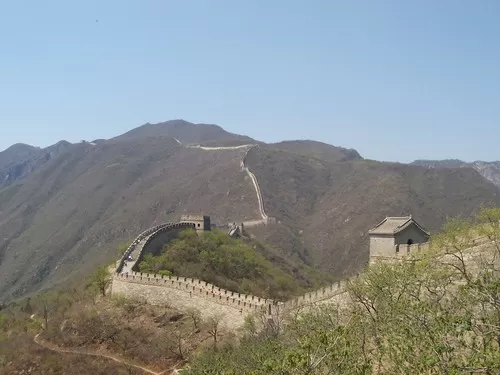
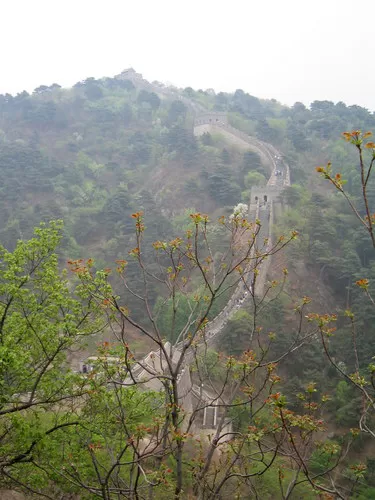
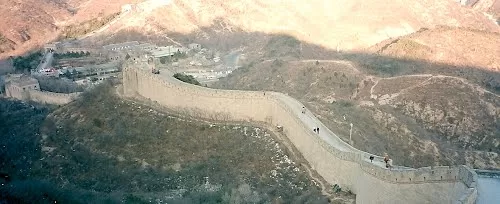
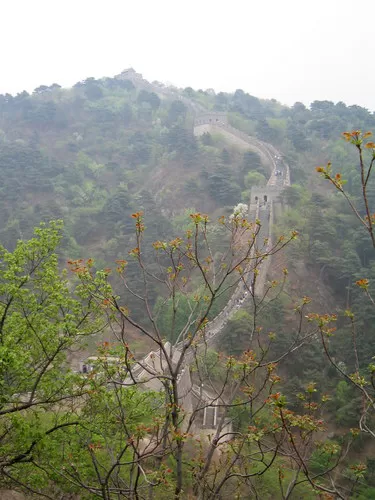

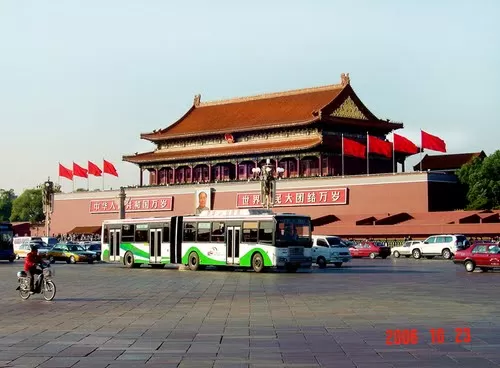
The historic significance of the Forbidden City lies in the Chinese imperial palace, dating back to the Ming Dynasty till the end of the Qing Dynasty. It is located in the center of Beijing, China, and currently houses the Palace Museum. For almost 500 years, it served as the home of emperors and their households, as well as the ceremonial and political center of Chinese government. The Forbidden City was declared a World Heritage Site in 1987 and is listed by UNESCO as the largest collection of preserved ancient wooden structures in the world.
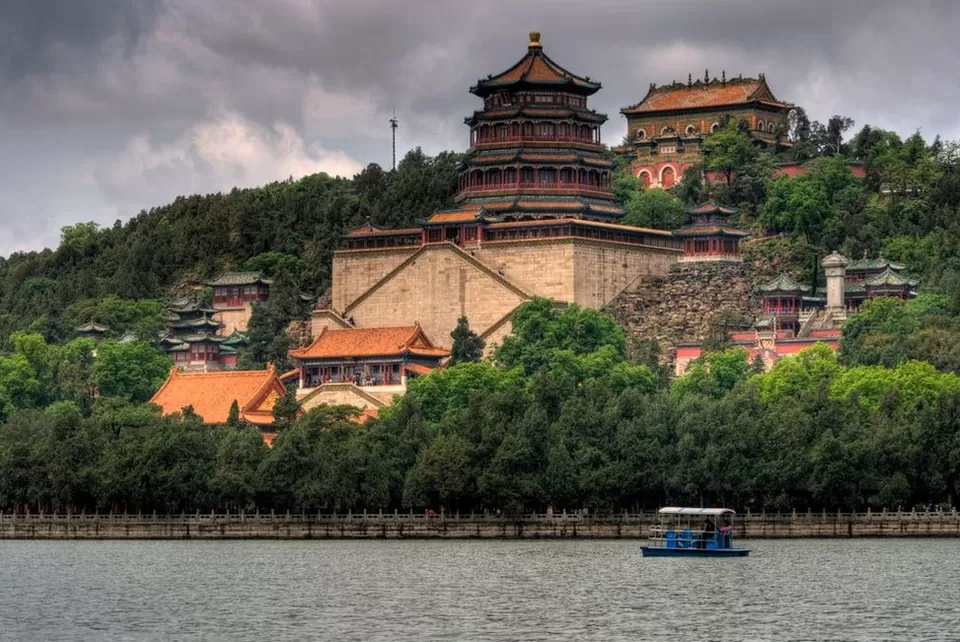


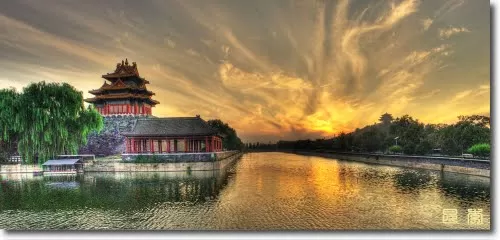
Hutong, an ancient Beijing city, is located in the city center, with about 700 years history. The word "hutong" originated from the word "hottog" which meant "well" in Mongolian. Legends have it that villagers dug out a well and inhabited the area. Those old natives are till date constituting the local families there. In fact the passage formed by lines of Siheyuan (a compound with houses around a courtyard) where old Beijing residents live is laid down in this ancient face of Beijing city. You're sure to get lost in those winding lanes and alleys!
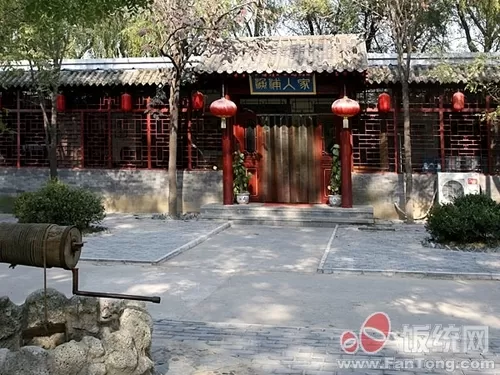
The Great Wall is one of the greatest wonders of the world, and was listed as a World Heritage by UNESCO in 1987. Resembling a gigantic dragon, the Great Wall winds up and down across deserts, grasslands, mountains and plateaus, measuring a length of approximately 8,851.8 kilometers (5,500 miles) from east to west of China. Dating back to more than 2000 years, the walls in some sections remain in ruins while some have even disappeared. However, it is still one of the most appealing attractions all around the world owing to its architectural grandeur and historical significance.

The famous Summer Palace, located in the northwestern suburban region of Beijing, is undoubtedly the largest and most complete imperial garden existing in China. Having stood the testimony of time, it was first built in the 12th century as an imperial palace. Numerous rounds of renovation and extensions followed in the subsequent hundred years or so, till the end of the 19th century, culminating into its grandeur and giganticity as we see today. That was when it was officially named Summer Palace.



